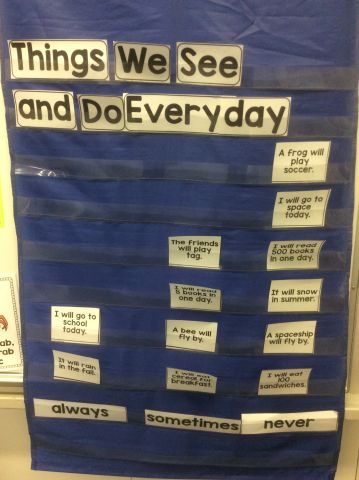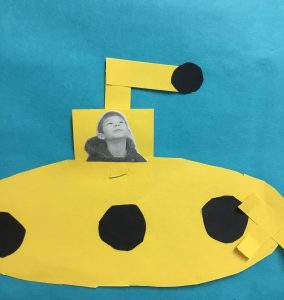Division 8 learned that bats can fly in total darkness because they use Echolocation to navigate and catch insects to eat. To echolocate, bats send out sound waves from their mouth or nose. When the sound waves hit an object they produce echoes. The echoes return to the bats ears and tell them where the object is in space. The kids love this video that explains how bats use their sense of hearing to find their food.



